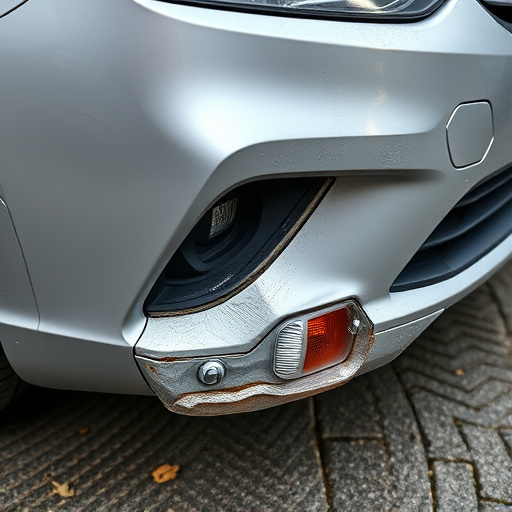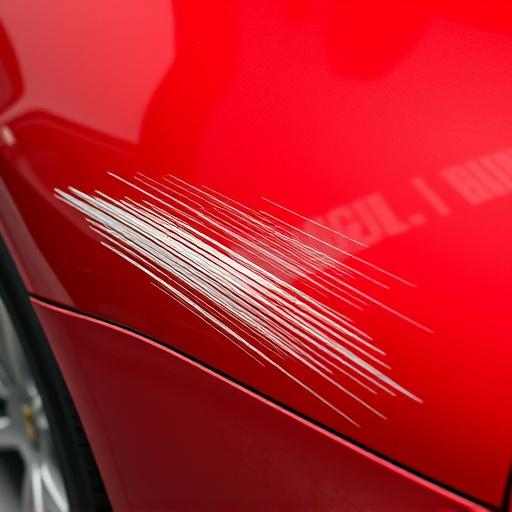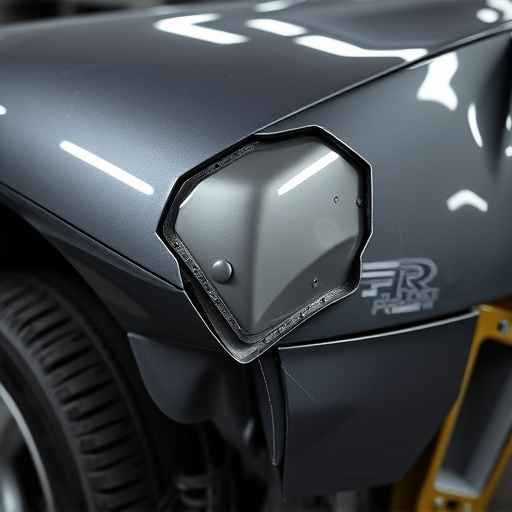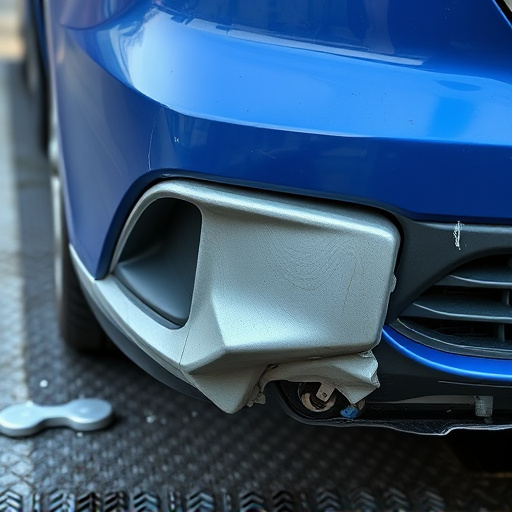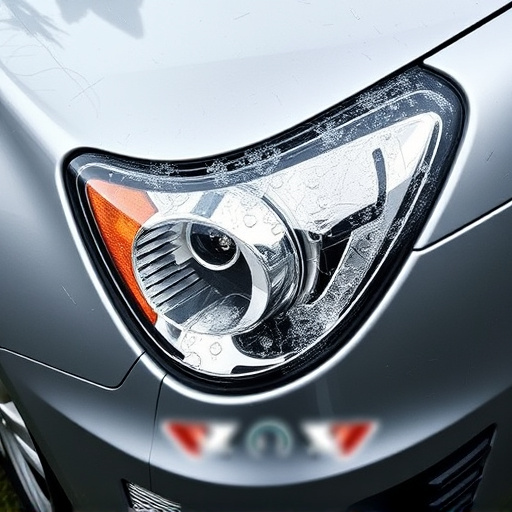Mercedes run-flat tires offer a safe solution for flat tires, allowing drivers to continue their journey at reduced speeds until reaching a repair shop. Key indicators for replacement include blowouts, significant damage (cuts, cracks), loss of control, or unusual vibrations. Regular inspections are crucial as minor issues can compromise integrity. This guide outlines steps for replacing a run-flat: pull over safely, gather tools, remove the damaged wheel, install the spare, and test at low speeds before professional replacement. Always prioritize safety and prompt maintenance for optimal road conditions.
“Discover the importance of swift action when dealing with Mercedes run-flat tires. These innovative tires are designed to maintain vehicle stability in case of blowout or damage, offering enhanced safety features. However, knowing when and how to replace them is crucial. This guide provides an in-depth look at Mercedes run-flat tire replacement, from understanding their unique function to a step-by-step process for effective repair. Learn to identify issues and ensure your vehicle’s continued safety on the road.”
- Understanding Mercedes Run-Flat Tires: Their Function and Benefits
- When to Replace: Identifying Blowouts and Tire Damage
- Step-by-Step Guide: Replacing a Mercedes Run-Flat Tire
Understanding Mercedes Run-Flat Tires: Their Function and Benefits

Mercedes run-flat tires are designed to provide a unique and advanced solution for unexpected tire blowouts or damage while driving. Unlike traditional tires that require immediate replacement after a blowout, these tires contain a rigid spiral wire insert that allows them to maintain their structural integrity even when deflated. This innovative feature enables drivers to continue their journey safely at reduced speeds, ensuring they can reach the nearest collision repair shop for a Mercedes run-flat tire replacement.
The primary benefits of Mercedes run-flat tires include enhanced safety, convenience, and reduced downtime. They eliminate the need for emergency stops or roadside assistance due to flat tires, thereby minimizing the risk of car damage repair or being involved in accidents caused by sudden tire failures. Additionally, their robust construction prolongs the life of the tire, reducing the frequency of replacements and saving drivers money in the long run. This technology is especially valuable for those navigating challenging terrain or facing remote areas where access to collision repair shops might be limited.
When to Replace: Identifying Blowouts and Tire Damage

Knowing when to replace your Mercedes run-flat tires is crucial for maintaining safety and optimal vehicle performance. Blowouts or significant damage are clear indicators that it’s time for a Mercedes run-flat tire replacement. A blowout occurs when the tire’s internal pressure drops suddenly, often due to punctures, objects embedded in the tread, or excessive speed on rough surfaces. If you experience a sudden loss of control or notice unusual vibrations while driving, these could be signs of a blown tire.
Regularly inspect your tires for any signs of damage, such as cuts, cracks, or bulges. Even minor dents or scratches can compromise the structural integrity of the run-flat tire, especially if they affect the tire’s sidewall. Unlike conventional tires, run-flats are designed to maintain mobility even after a nail penetration or small puncture, but severe damage might exceed their capabilities. In such cases, professional auto maintenance services, including frame straightening and vehicle dent repair, may be necessary alongside Mercedes run-flat tire replacement to ensure your safety on the road.
Step-by-Step Guide: Replacing a Mercedes Run-Flat Tire

Replacing a Mercedes Run-Flat Tire is a crucial skill for any car owner to know, especially when faced with blowouts or damage. Here’s a step-by-step guide designed to simplify the process and ensure your safety:
1. Safety First: Pull over to a safe location, activate your hazard lights, and engage the parking brake. If possible, find a flat surface to make the replacement more stable. Never attempt to change a tire on an incline or uneven road.
2. Prepare Your Tools: Gather all necessary tools including jack, lug wrench, spare tire (ensure it’s properly inflated), and wheel chocks if needed. Position the jack under the vehicle at the designated lift point for stability and safety.
3. Loosen and Remove: Using the lug wrench, loosen the lug nuts in a star or crisscross pattern to prevent warping. Once they’re loose (but not completely removed), raise the car with the jack until the flat tire is clear of the ground.
4. Remove the Wheel: Fully remove the lug nuts and carefully take off the damaged wheel, setting it aside.
5. Install the Spare: Position the spare tire onto the hub, ensuring it’s properly aligned. Hand-tighten the lug nuts in a star pattern.
6. Lower and Secure: Lower the vehicle with the jack until the spare is firmly on the ground. Tighten the lug nuts securely with the wrench, again using a star or crisscross pattern to ensure even pressure.
7. Test Your Vehicle: Before driving off, test your spare tire at low speeds to ensure it’s functioning correctly. Spare tires, while designed for temporary use, have limitations. Plan on getting your Mercedes run-flat tire replaced by a professional as soon as possible. Remember, proper vehicle repair and maintenance are key components of keeping your car safe and reliable.
Mercedes run-flat tires offer enhanced safety and convenience, but their longevity requires prompt attention to damage or blowouts. Knowing when to replace these specialized tires is crucial for maintaining optimal vehicle performance and driver security. With a simple yet effective replacement process, you can ensure your Mercedes remains ready for any road condition, providing peace of mind and a smooth driving experience. For efficient Mercedes run-flat tire replacement, follow the provided step-by-step guide.



